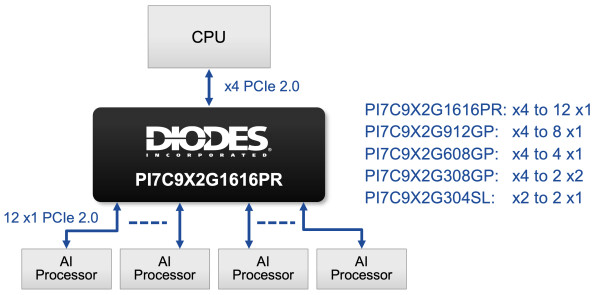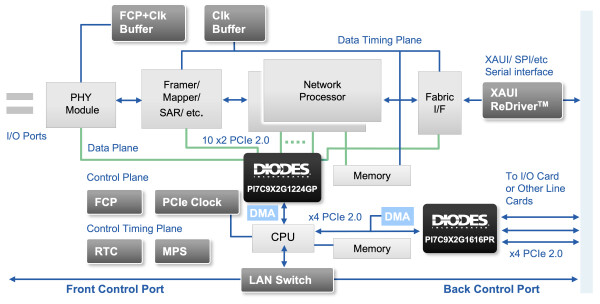Why PCIe 2.0 Packet Switches are a Safe Option for Legacy Designs and a Sustainable Choice for New Products
By: Jen Lee, Marketing Director
As new versions of standards are ratified, many thousands of OEMs depend on continued support for devices that may be considered as legacy products. There remains persistent demand for products that use older technologies, even when a natural path leading to the latest version is present. This puts OEMs in a difficult position: should a product already optimized for its target market go through a redesign cycle?
One such example lies in the PCI Express® standard, or PCIe®. It has become the de facto interconnect standard for embedded products by offering a great deal of flexibility with the benefit of guaranteed interoperability. Many integrated devices from different vendors, such as processors and memory, feature a PCIe interface.
Systems can combine different versions of PCIe, which currently cover version 1.0 to PCIe v5.0 (with v6.0 planned). These versions are very commonly supported, and there is no requirement to upgrade an entire system to the latest version, unless it is to take advantage of the latest features. To OEMs, this means that many of their systems may still use PCIe 2.0 or PCIe 2.1 for local interconnect, while other parts of the system may use other interconnect technologies.
While some integrated device manufacturers (IDMs) are considering discontinuing their supply of PCIe products, we are committed to the continued support of our PCIe 2.0 and PCIe 2.1 packet switches. This means that OEMs not only have a source of PCIe 2.0 products, but can also feel secure in designing PCIe 2.0 packet switches into new products.
There are good reasons for using PCIe 2.0 in new designs. It offers low design complexity with less emphasis on possible signal integrity issues that higher signal speeds might introduce. Using PCIe 2.0 also preserves the investment made in product design, allowing functional blocks to be reused in new products. This reduces the design cycle and simplifies product testing. PCIe 2.0 also still offers a hard-to-beat balance between cost and performance.
In many cases, new designs may benefit from choosing PCIe 3.0 packet switches, which we also supply. This is a strategic decision, as much as a technical one. Choosing a newer version of the technology may suggest a broader and longer-lasting support across the industry. However, as outlined above, PCIe 2.0 still has many advantages in embedded designs, including lower operating power. In products where system power is limited and performance can still be met by PCIe 2.0 switches, it makes sense to specify the lower power option.
We have a strategic policy to support PCIe 2.0 alongside our growing portfolio of PCIe products for at least five years. Not many other IDMs are offering this level of legacy support. As demand increases for all types of integrated devices, many IDMs may yet make end-of-life (EOL) announcements for legacy products like PCIe 2.0 packet switches. As evidenced by our large portfolio of PCIe 2.0 devices, we have made it part of our long-term strategy not to EOL products that our customers continue to need.
PCI Express®, PCIe®, PCI-SIG® and PCI™ are trademarks or registered trademarks and/or service marks of PCI-SIG Corporation. All other trademarks are the property of their respective owners.

